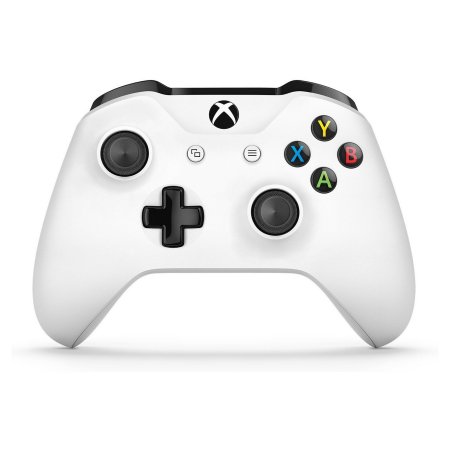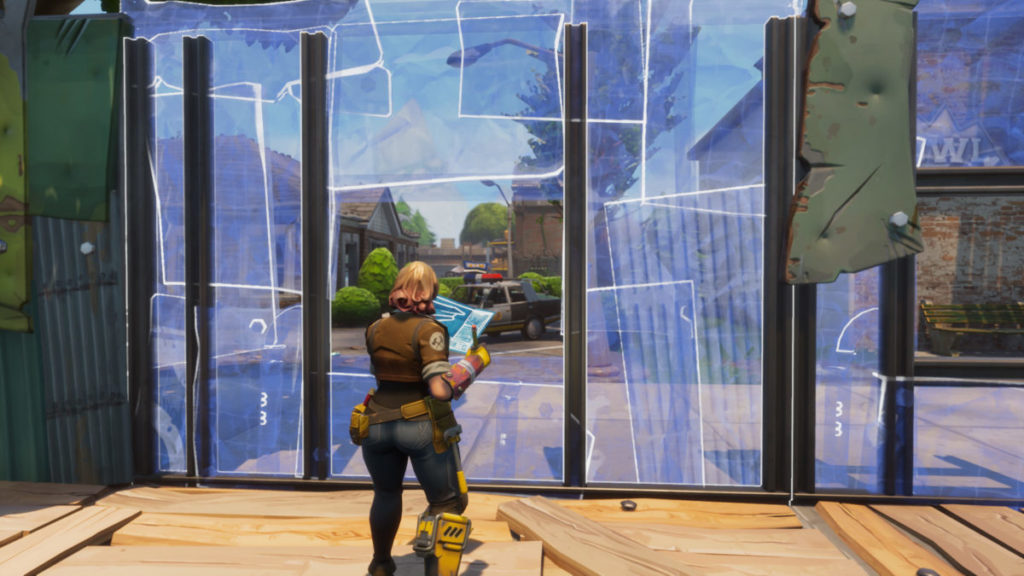Unfortunately, anyone who has tried playing Fortnite on a console (or watched Ninja) has realized a sad truth: the game can be easier to play on a computer because of faster, more reliable building rates. But don’t worry, there is hope! With the help of a certain build setting you can be as fast or faster than the consoles.
It’s called Builder Pro.
Now, of course, we have to admit: everyone’s play style is different and what works for one person may not be perfect for the next. Therefore, even if one build mode is great for most people, it may not be right for you.
But you should choose Builder Pro.
So, to be fair to the other styles, we’ll give them a good description and run through their pros and cons. Feel free to read through each and see which appeals to you most.
Or just skip down to Builder Pro and see why it’s the best.
A Few Terms
Since console controllers aren’t always the same, here are the terms you may like to keep in mind.
- Right and left triggers.
- Right and left bumpers: the buttons above the triggers.
- Right and left thumbsticks.
- T-Pad: generally by the left thumbstick. They are below for the Switch and Xbox controllers, above on the Playstation.
- Right buttons: the four buttons by the right thumbstick. They are above for almost all controllers.
- Left and right menu buttons: special buttons, generally in the upper middle of the controller, often used to open menus and maps.
Here are some controllers for your reference:




Old School
The Old School build setting allows you to change which building piece (wall, floor, roof, or stair) you are using with the upper right button and confirm the build with the right trigger.
Seems easy? The only issue is, your piece setting remains in the same place when you switch between building and combat. Also, you can only cycle through piece types in one direction. Best of luck building quickly in the heat of combat!
This setting is great for anyone who likes a challenge.
Quick Builder
A better idea than Old School, Quick Builder allows you to file between build pieces with the right and left bumpers and then confirm with the right trigger. However, like the Combat Pro below, this means that whenever you return to building mode you’ll still be on the last piece type and need to mentally remember how to get to another piece.
You may argue that this build setting gets easier over time, and that may be true. However, it’s still often slower and more unreliable than others.
Combat Pro
Highly similar to the Quick Builder, build pieces are cycled through with the right and left bumpers. However, the Combat Pro setting adds a few other benefits like quick-switching between building and combat, or selecting build material with the left trigger (in case you desperately need a metal wall to defend yourself from trigger-happy enemies).
Builder Pro
Builder Pro reigns supreme. This setting mimics the way computer players work: while building, the triggers and bumpers are connected individually to a piece type – wall, floor, roof, or stair. Building becomes as simple as tapping the proper button once to select your piece, and clicking again to confirm.
What does this mean, really? Once you memorize the keys, which are organized for ease of use, you’ll rarely build the wrong thing, even under fire. Also, having a quick mode-change button means you can jump from shooting to building to harvesting in a jiffy. With a bit of practice, your combat ability will improve by leaps and bounds.
One More Thing
Remember, although building helps, other strategies can further increase your chances of winning Fortnite!


